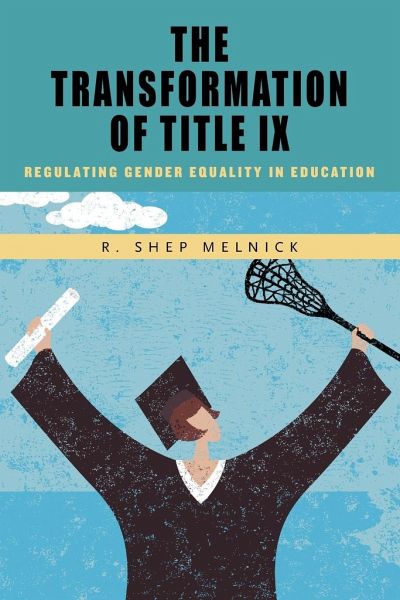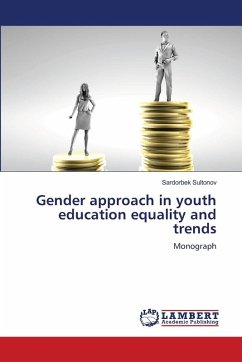
Transformation of Title IX
Regulating Gender Equality in Education
Versandkostenfrei!
Versandfertig in 1-2 Wochen
42,99 €
inkl. MwSt.
Weitere Ausgaben:

PAYBACK Punkte
21 °P sammeln!
One civil rights-era law has reshaped American society-and contributed to the country's ongoing culture wars Few laws have had such far-reaching impact as Title IX of the Education Amendments of 1972. Intended to give girls and women greater access to sports programs and other courses of study in schools and colleges, the law has since been used by judges and agencies to expand a wide range of antidiscrimination policies-most recently the Obama administration's 2016 mandates on sexual harassment and transgender rights. In this comprehensive review of how Title IX has been implemented, Boston C...
One civil rights-era law has reshaped American society-and contributed to the country's ongoing culture wars Few laws have had such far-reaching impact as Title IX of the Education Amendments of 1972. Intended to give girls and women greater access to sports programs and other courses of study in schools and colleges, the law has since been used by judges and agencies to expand a wide range of antidiscrimination policies-most recently the Obama administration's 2016 mandates on sexual harassment and transgender rights. In this comprehensive review of how Title IX has been implemented, Boston College political science professor R. Shep Melnick analyzes how interpretations of "equal educational opportunity" have changed over the years. In terms accessible to non-lawyers, Melnick examines how Title IX has become a central part of legal and political campaigns to correct gender stereotypes, not only in academic settings but in society at large. Title IX thus has become a major factor in America's culture wars-and almost certainly will remain so for years to come.














